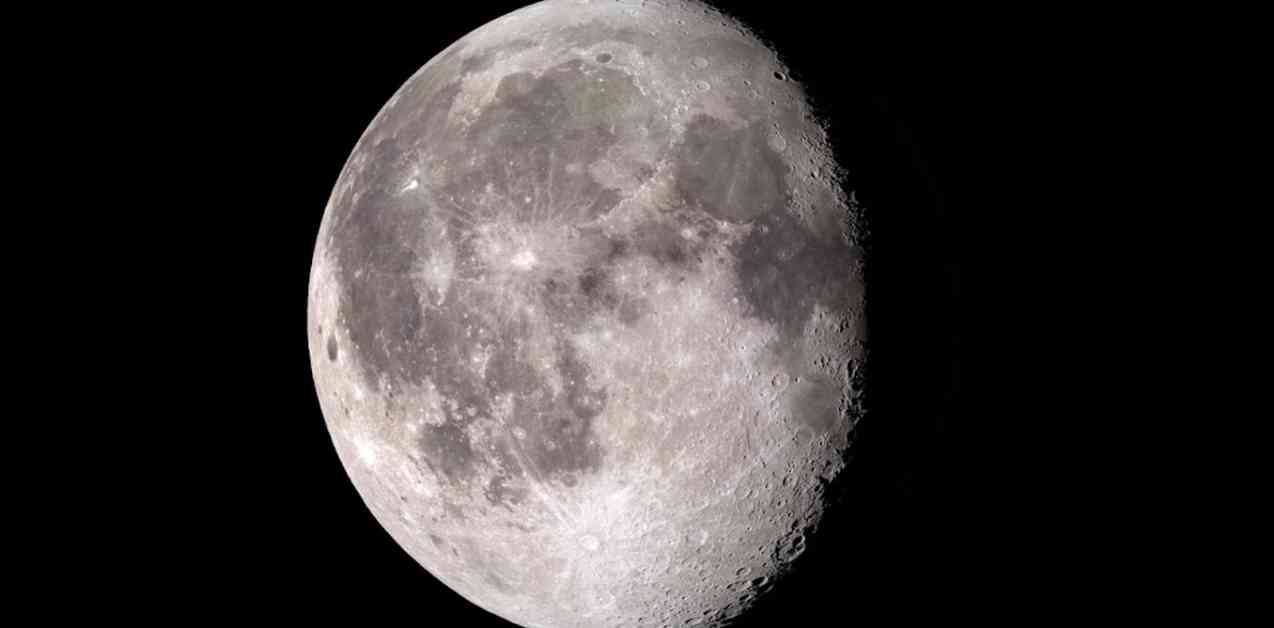NASA’s Lunar Reconnaissance Orbiter (LRO) has recently confirmed the existence of caves beneath the lunar surface using radar technology. These caves are believed to be lava tubes, similar to those found on Earth. The radar data collected in 2010 was recently analyzed, revealing that the largest pit in Mare Tranquillitatis leads to an underground cave system measuring 80 meters long and 45 meters wide.
The presence of these caves on the Moon sheds light on the shared origins of Earth and the Moon. It is widely believed that around 4.5 billion years ago, a young Earth collided with a Mars-sized proto-planet, leading to the formation of the Moon. The aftermath of this collision may have caused the Moon to become molten, resulting in volcanic structures like the caves we see today.
While the Moon’s caves offer potential insights into its geological history, they also present practical advantages for future human exploration. The Moon lacks an atmosphere and magnetic field, leaving its surface exposed to high levels of radiation from sources like galactic cosmic rays and solar flares. This poses a significant challenge for establishing a Moon base for human habitation.
Astronauts on the Moon would be exposed to radiation levels much higher than those experienced on Earth or during a transatlantic flight. Prolonged exposure to ionizing radiation can have serious health implications, including DNA damage and cell death. To protect future inhabitants of a Moon base, adequate radiation shielding is essential.
Transporting dense radiation shielding materials from Earth to the Moon would be costly and logistically challenging. Therefore, naturally shielded areas like the discovered caves are being considered as potential locations for human habitation on the Moon. These caves could provide up to 130 to 170 meters of solid rock shielding, offering protection against high-energy radiation.
In conclusion, the discovery of caves beneath the lunar surface not only reveals valuable information about the Moon’s geological past but also presents a promising solution for addressing the radiation challenges of establishing a human presence on the Moon. By leveraging these natural formations, future lunar explorers may find a safe and habitable environment within the Moon’s subterranean landscape.












